

Max Davies
How Audi, BMW, Honda, Mercedes-Benz, and Suzuki started out in Australia, and where they are now
8 Hours Ago

Journalist
At yesterday’s Stellantis Software Day, the French-Italian-American automaker outlined a $47.5 billion plan to improve the company’s in-cabin technology, online connectivity and autonomous driving capabilities.
The company also placed the Chrysler Airflow concept at the heart of its presentation, with the car being driven on stage by CEO Carlos Tavares.
Stellantis confirmed the name of the concept at yesterday’s event, and it looks to be an evolution of the sketches of the Chrysler Vision Airflow concept that did the rounds at CES 2020.
The Airflow made its debut at the Stellantis EV Day event in July, where the company noted the then-unnamed concept was based on the STLA Large architecture for cars between 4.8m and 5.5m long.
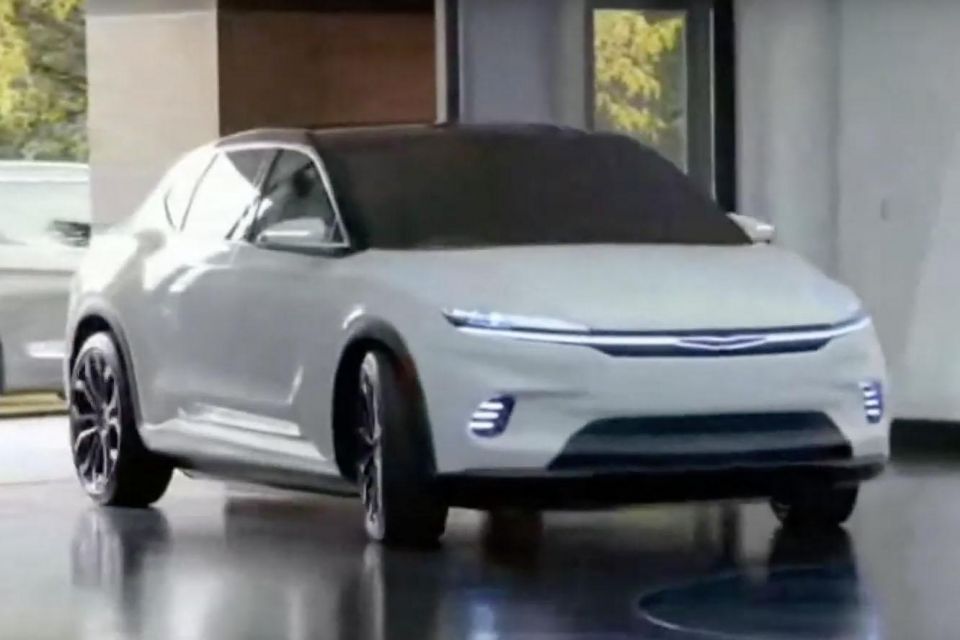
Yves Bonnefont, chief software officer for Stellantis, introduced the segment starring the Airflow saying “it’s closer than you think”.
After driving the show car onto the stage, Tavares stepped out and exclaimed, “What a smooth ride it is!”
Vince Galante said the Airflow’s connected cabin technology — which includes a touchscreen in the centre of the dash, as well as one for the front passenger and each of the two outboard rear passengers — wasn’t “just a concept, this is something we’re looking to bring to market”.
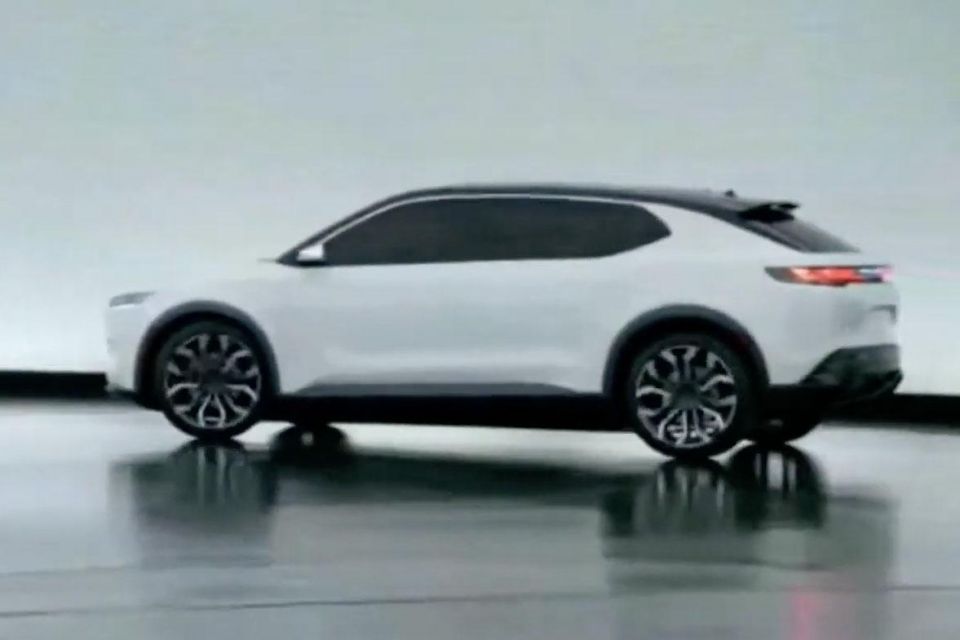
All of this naturally sent Stateside automotive journalists dashing to their keyboards.
Ralph Gilles, chief design officer at Stellantis, did nothing to tamp down the growing excitement by posting a photo of the Airflow on Instagram with the comment “Focused on the future… #stellantis“.
If and when the Airflow makes its production debut, it will only be Chrysler’s third SUV after the Dodge Durango-based Aspen and the first-generation Pacifica crossover.
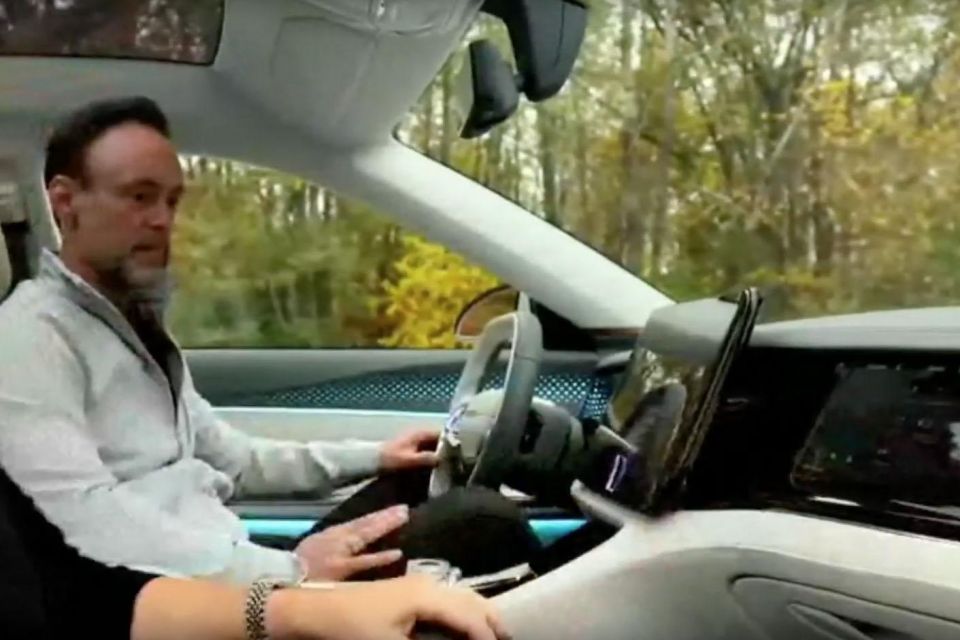

Launched during the waning years of the DaimlerChrysler “merger of equals”, the Aspen was only built between 2007 and 2009, and failed to convince buyers to open their cheque books.
The Pacifica enjoyed a longer life, manufactured from 2003 until 2007. Its name was resurrected for a people mover in 2016.
At present Chrysler’s US range is limited to two models: the recently facelifted Pacifica people mover, and 300 sedan, which made its debut way back in 2011. The latter will reportedly end production in 2023.
In November the brand declared its innings over in Australian market once the remaining stock of the 300 left local showrooms.
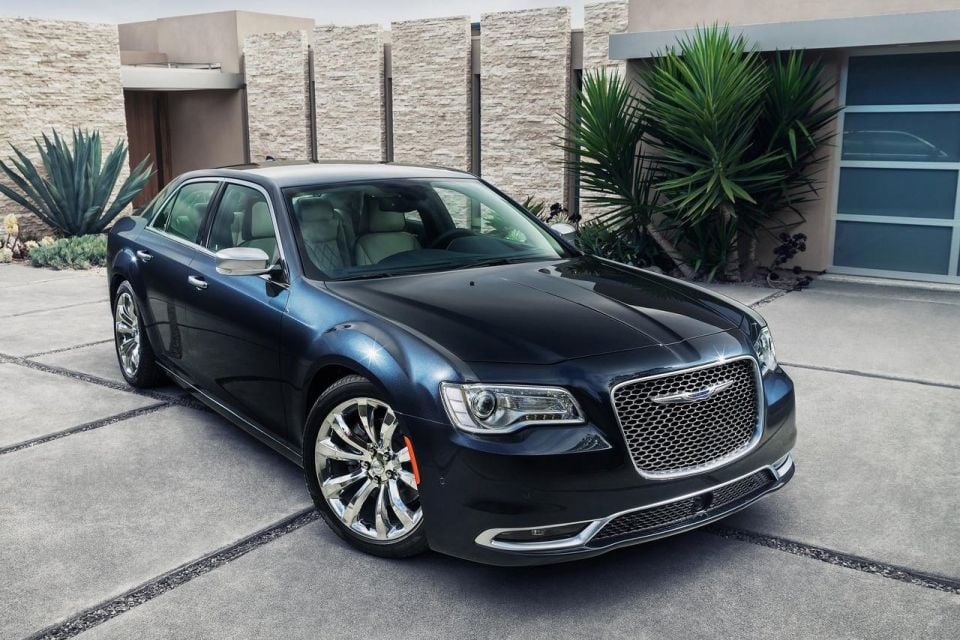

Earlier this year, Stellantis CEO Tavares announced each of the company’s 14 brands will be given a chance to thrive.
Underserved marques, including Lancia, Chrysler and others were all handed a “time window of 10 years and [given] funding for 10 years to do a core model strategy”.
Subsequent announcements have revealed DS, Lancia and Alfa Romeo will become electric-only brands starting from 2024. Lancia even went so far as to confirm it will launch a new small car wearing the iconic Delta badge.
MORE: Chrysler brand leaving Australia

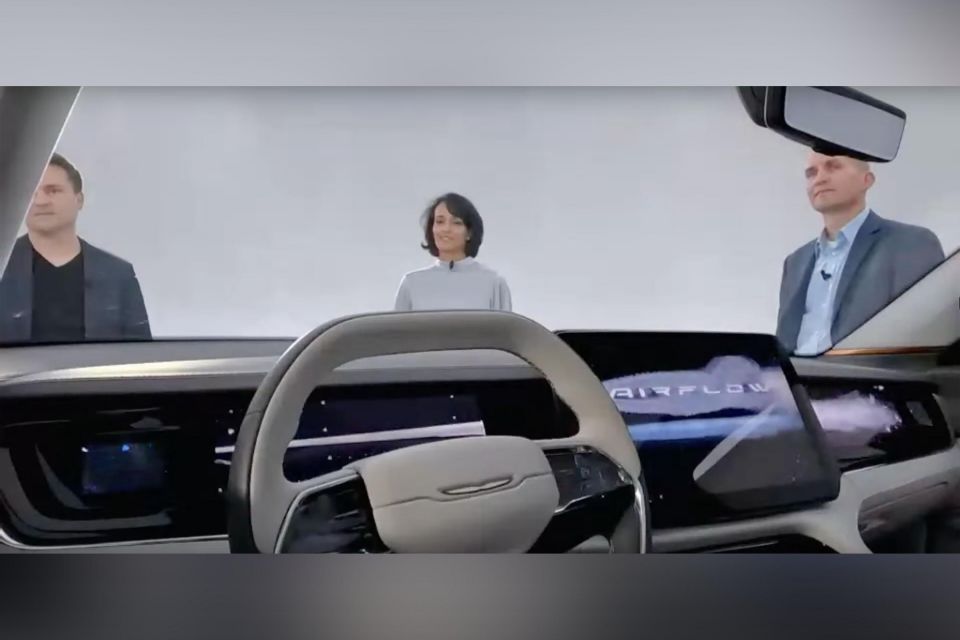
The Chrysler, Dodge, Jeep and Ram brands will all receive new models on the STLA Large and STLA Frame platforms, both of which will offer up to 800km of range.
Ram has teased an electric pickup truck, while Dodge has teased an electric muscle car for launch in 2024.
Stellantis has confirmed the STLA Large architecture will underpin eight new vehicles over the next 3-5 years, with the following vehicles mentioned:
It teased multiple vehicles in wireframe as part of its EV Day presentation.
MORE: Stellantis details upcoming electric Chrysler, Dodge, Jeep and Ram vehicles
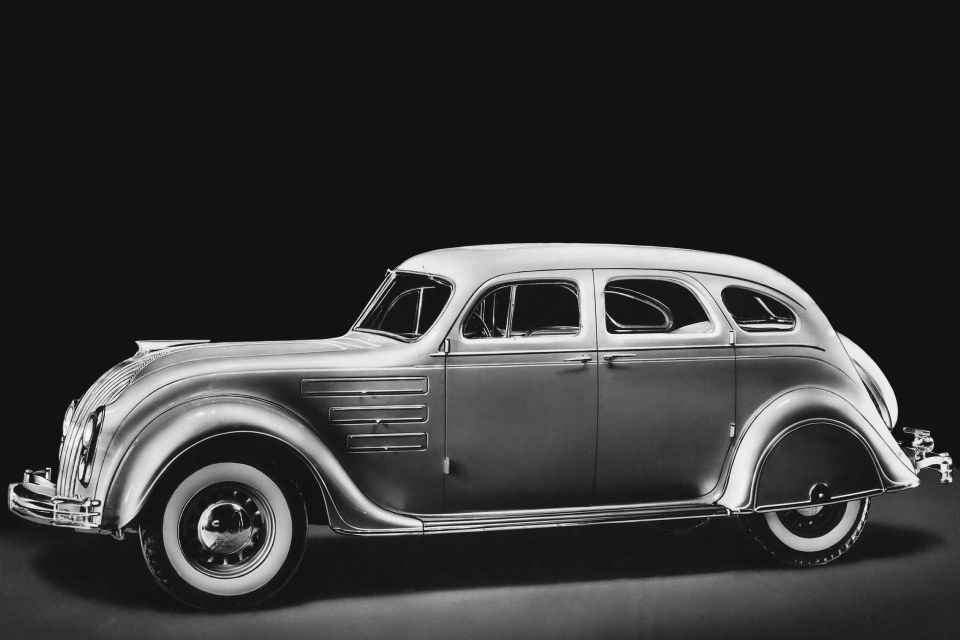
The choice of the Airflow name for this electric Chrysler concept harkens back to another forward-thinking model in Chrysler’s history.
Introduced in 1934, the Airflow was the first full-sized American production car to have a distinct focus on streamlining, undergoing wind tunnel testing. It also employed unibody construction.
Its radical, more aerodynamic styling wasn’t a hit with American buyers, however, and it was axed in 1937. Chrysler wouldn’t introduce another unibody vehicle until 1960.
MORE: Stellantis — Everything you need to know about the new automaker
Where expert car reviews meet expert car buying – CarExpert gives you trusted advice, personalised service and real savings on your next new car.
Derek Fung would love to tell you about his multiple degrees, but he's too busy writing up some news right now. In his spare time Derek loves chasing automotive rabbits down the hole. Based in New York, New York, Derek loves to travel and is very much a window not an aisle person.


Max Davies
8 Hours Ago


William Stopford
8 Hours Ago


Derek Fung
9 Hours Ago


Max Davies
16 Hours Ago


William Stopford
1 Day Ago


Ben Zachariah
1 Day Ago